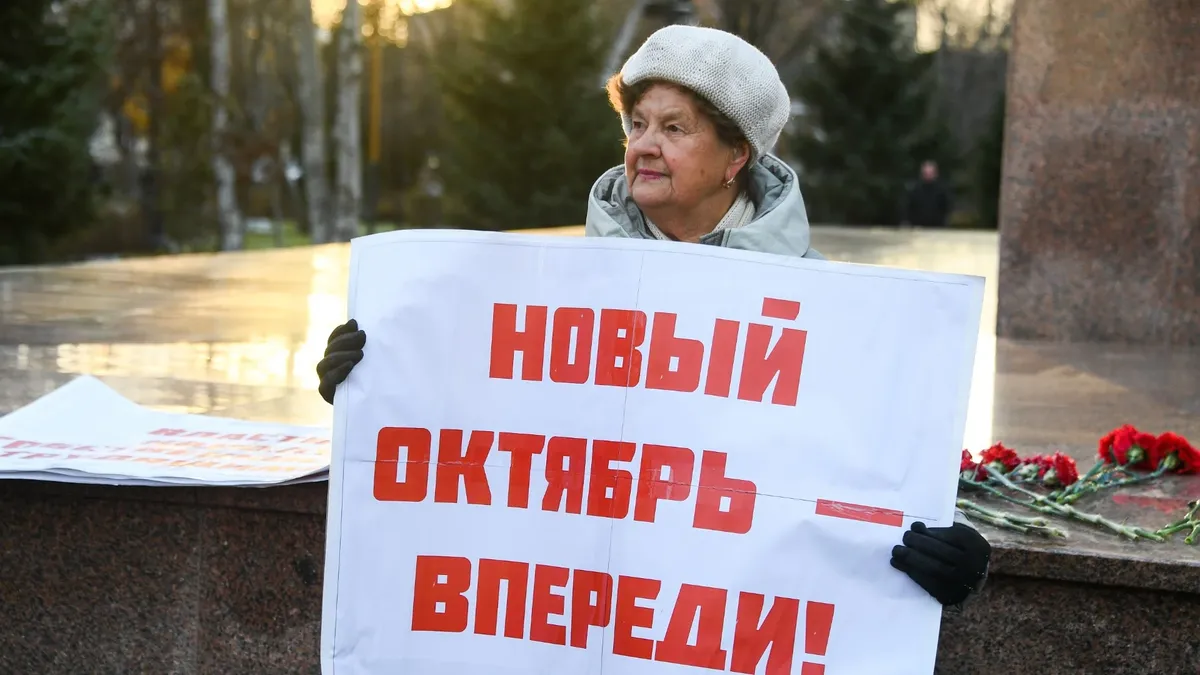FIRES IN OCCUPIED TERRITORIES PUT BAKU AND YEREVAN AT ODDS
FIRES IN OCCUPIED TERRITORIES PUT BAKU AND YEREVAN AT ODDS
Since June, officials in Azerbaijan and Armenia have been at odds over the question of who caused massive fires burning Azerbaijani territories currently under Armenian control. The fires have become an environmental disaster for the region burning vast fields, forests, and some vacated residential areas that were once populated by Azerbaijanis.
Baku has blamed Yerevan and the Armenian forces in the occupied regions for deliberately starting the fires. Yerevan denied these accusations and tried to downplay the incident.
The Foreign Ministry of Azerbaijan released satellite images of the burned areas revealing the devastation caused by the flames. The images show massive blackened areas in the regions near the line of control that separates Armenian and Azerbaijani troops (https://www.mfa.gov.az).
The debate heated up when the Permanent Representatives of Armenia and Azerbaijan to the United Nations began sending letters to the UN Secretary-General laying out their arguments. On June 28, the Permanent Representative of Azerbaijan, Yashar Aliyev, submitted a letter by Azerbaijan’s Foreign Minister Elmar Mammadyarov with the attached satellite imagery.
“Analyses of the satellite photos confirm that fires are of a large scale and will have disastrous consequences for the entire ecological system of those occupied territories and the region as a whole,” read the statement (UN A/60/911-S/2006/450). The letter blamed Armenia for “using destructive flames to make those territories unsuitable for living and cultivating.”
On July 27, the Permanent Representative of Armenia responded with another letter stating that arguments presented by the Azerbaijani side are “distorted and groundless accusations against [Armenia]” (UN A/60/911-S/2006/588). Instead, this letter claimed that the problem is “a usual natural phenomenon of grass fires occurring yearly in the region in the hottest period of the summer.”
The Armenian message also had an attachment, an allegedly confidential OSCE fact-finding report dated July 10. While the OSCE report did not find “major discrepancy between what was depicted in the photographs and what the [monitoring OSCE] Teams were able to view on the ground,” it did not find traces of deliberate fire setting either (UN A/60/911-S/2006/588 – Annex).
One of conclusions of the OSCE monitoring mission report read, “There is a lack of proper fire-fighting equipment on both sides and in some places the source of water [is] not sufficiently close. International assistance for this would be helpful” (UN A/60/911-S/2006/588 – Annex).
On August 22, Mammadyarov sent another letter to the current OSCE Chairman, Belgian Prime Minister Karel de Gucht, and the United Nations Secretary-General Kofi Annan stressing the urgent need for international attention to the situation in the region (Day.az, August 23).
In another interview with local journalists Mammadyarov remarked, “Our primary goal is to get international experts and experts from Azerbaijan and Armenia and work together to prevent the spread of fires” (Trend, September 1).
The OSCE Chairman’s personal envoy, Andrzej Kasprzyk, also called for closer collaboration between Baku and Yerevan. “Cooperation between Azerbaijan and Armenia is essential to put an end to fires in occupied Azerbaijani territories,” said Kaspsik (BakuToday.Net, August 31).
On September 7, the United Nations General Assembly “adopted by consensus a resolution [A/RES/60/285] expressing serious concern about the damage caused by wide-scale fires in the eastern part of Azerbaijan” (UN Press Release GA GA/10487). The discussion on the resolution was postponed several times, as Baku and Yerevan had tried to draft mutually acceptable text that could be put to a vote and accepted by consensus (Panarmenian.Net, September 7).
The General Assembly took “note of the intention of the Organization for Security and Cooperation in Europe (OSCE) to send a mission to the region to assess the long- and short-term environmental impacts of the fires in order to prepare for an environmental protection operation” (UN Press Release GA GA/10487).
Commenting on the resolution, Mammadyarov stated that the OSCE mission will consist of Armenian, Azerbaijani, and international experts from the UN Environment Program and the OSCE (Zerkalo, September 9).
Armenia and Azerbaijan may be entangled in a web of accusations and disputes, but they do realize that they need to work together to prevent this ecological tragedy from expanding. This is one of the few areas where both sides consider joint efforts productive and helpful.
As both Baku and Yerevan prepare for another round of intensified negotiations in the Karabakh peace process, frequent contacts and backdoor communication between the two sides could help move them closer to a compromise and reduce the growing antagonism that has characterized the two sides in recent years.


